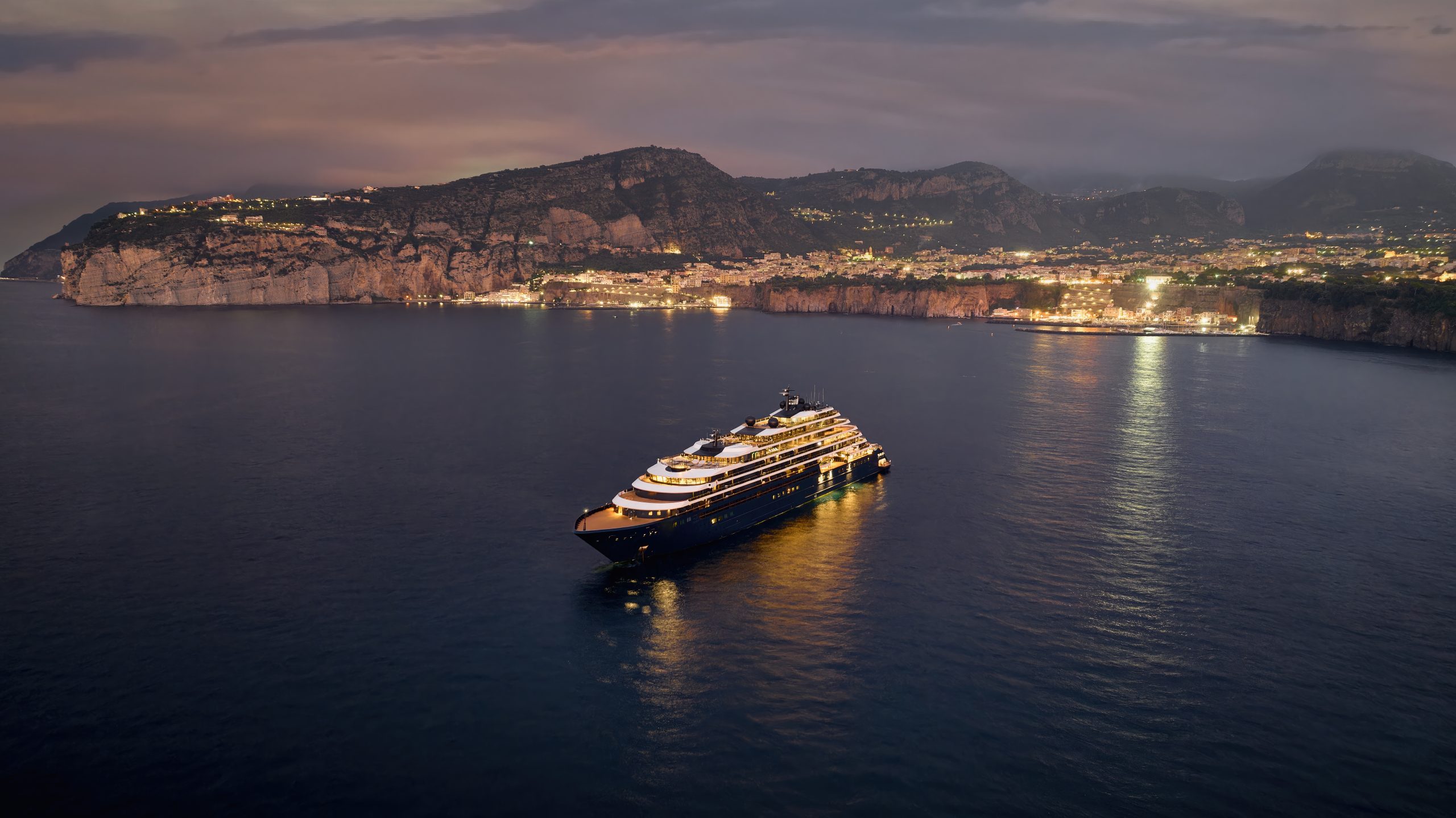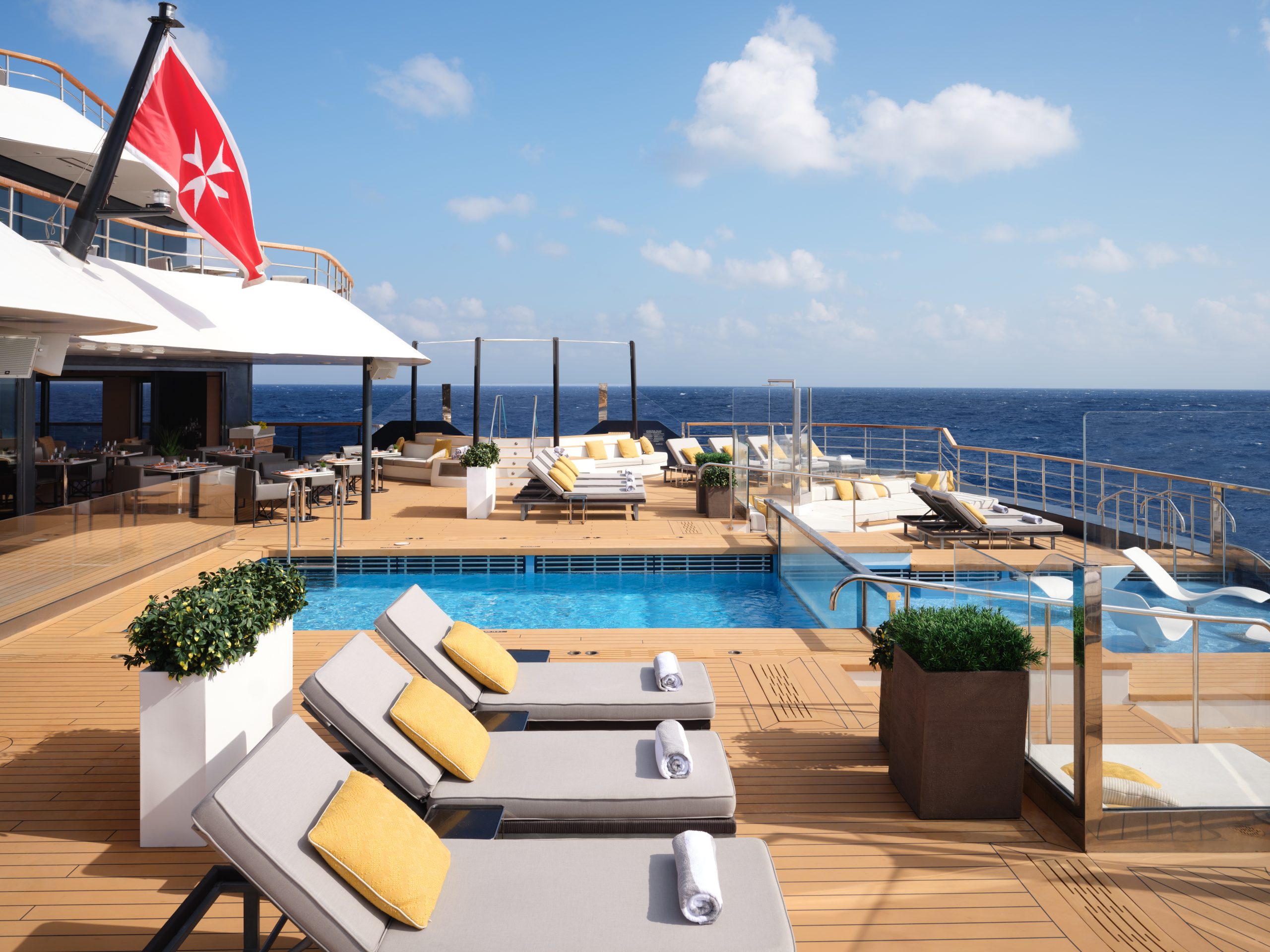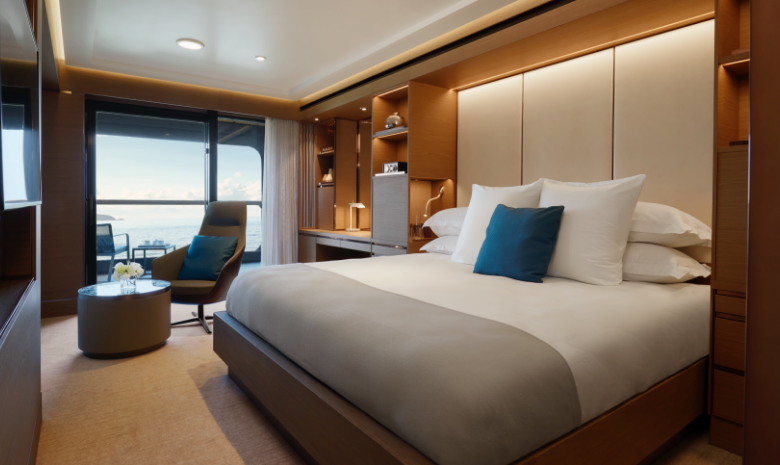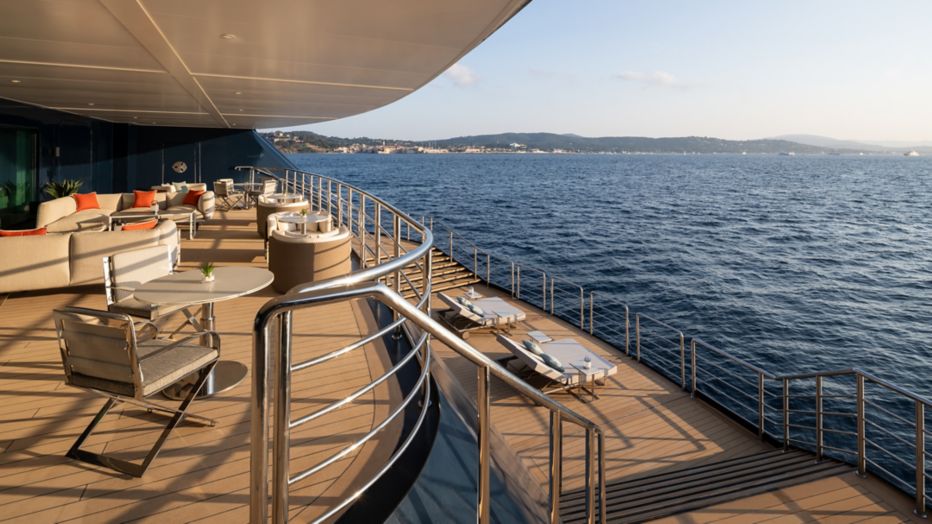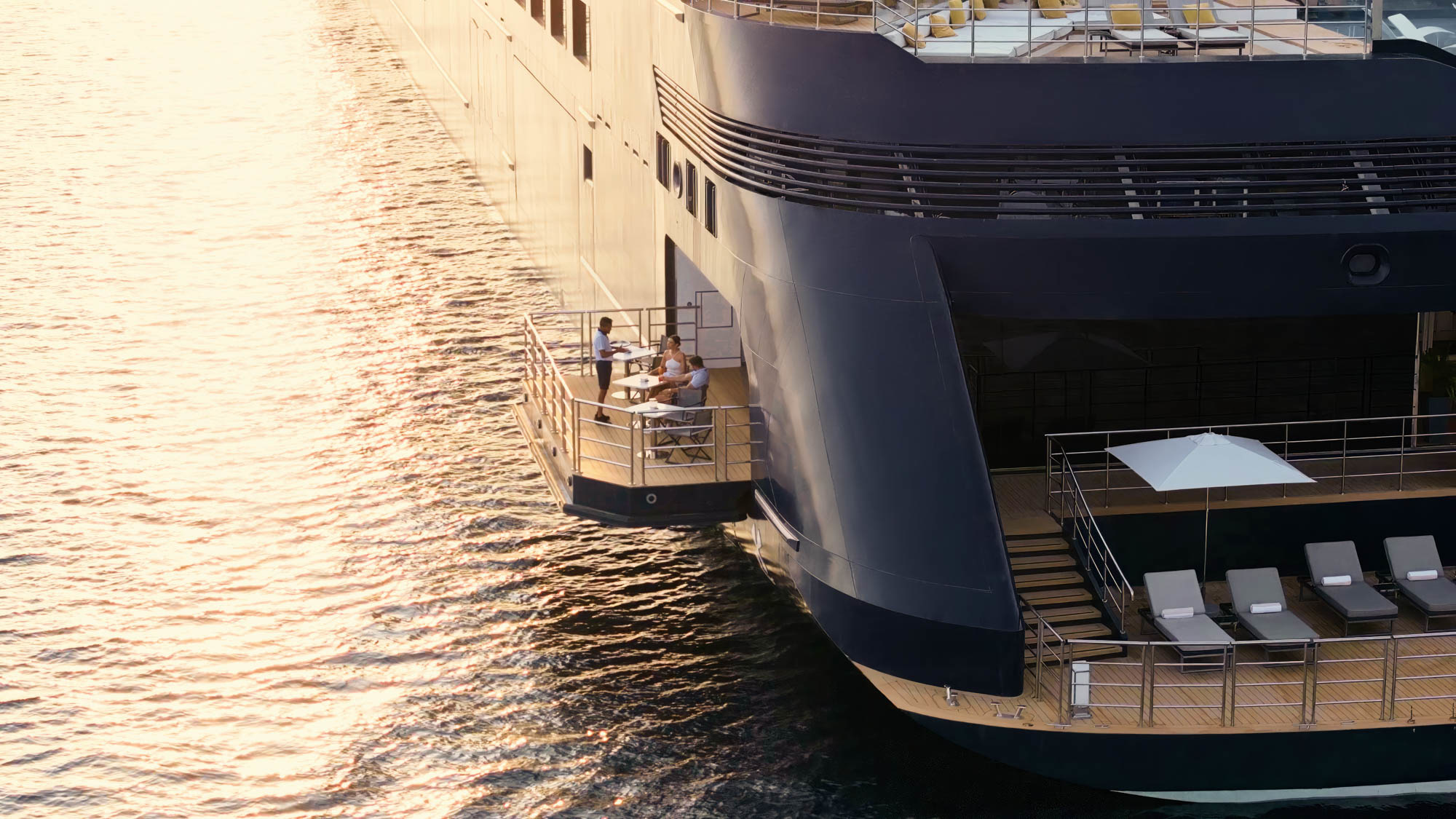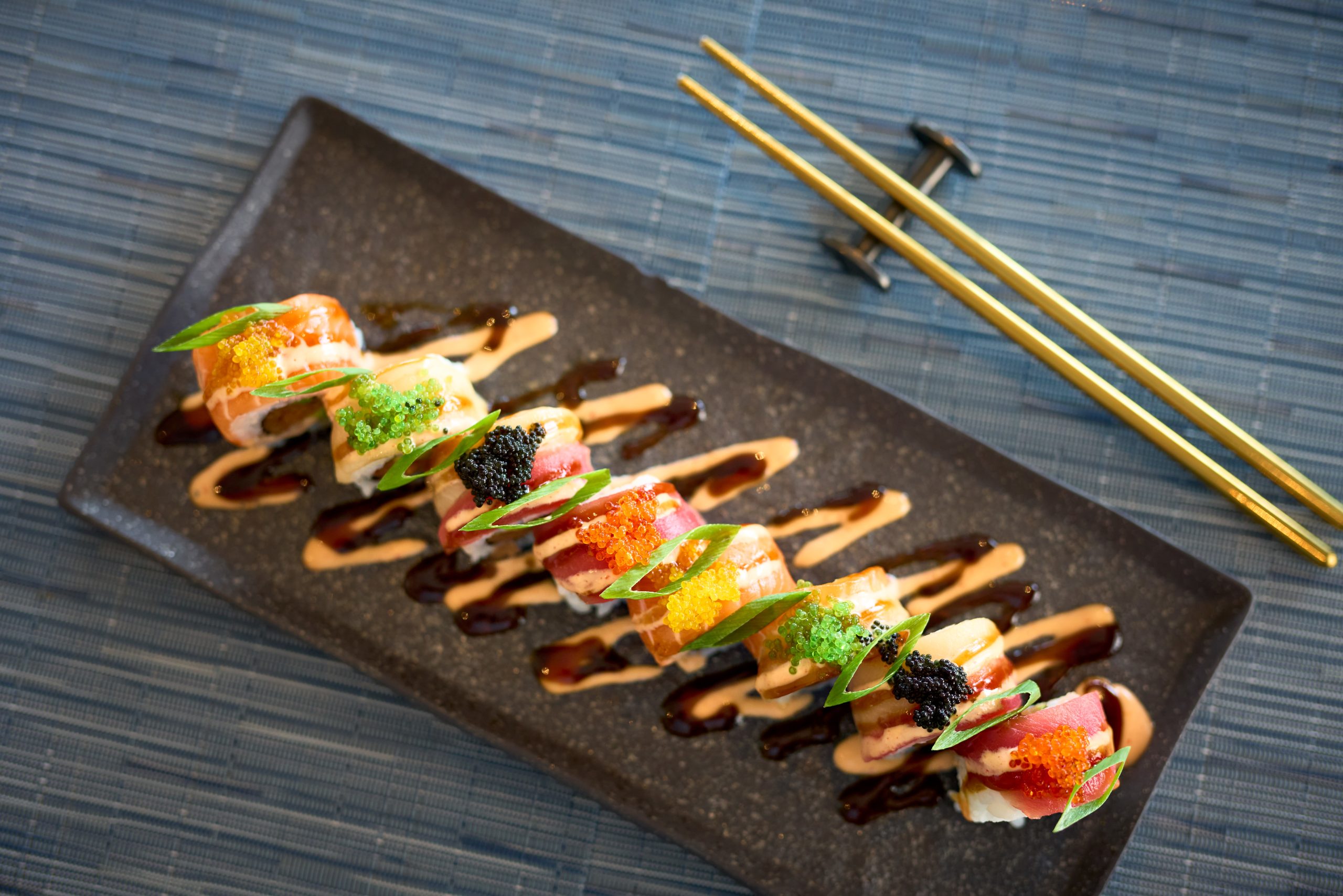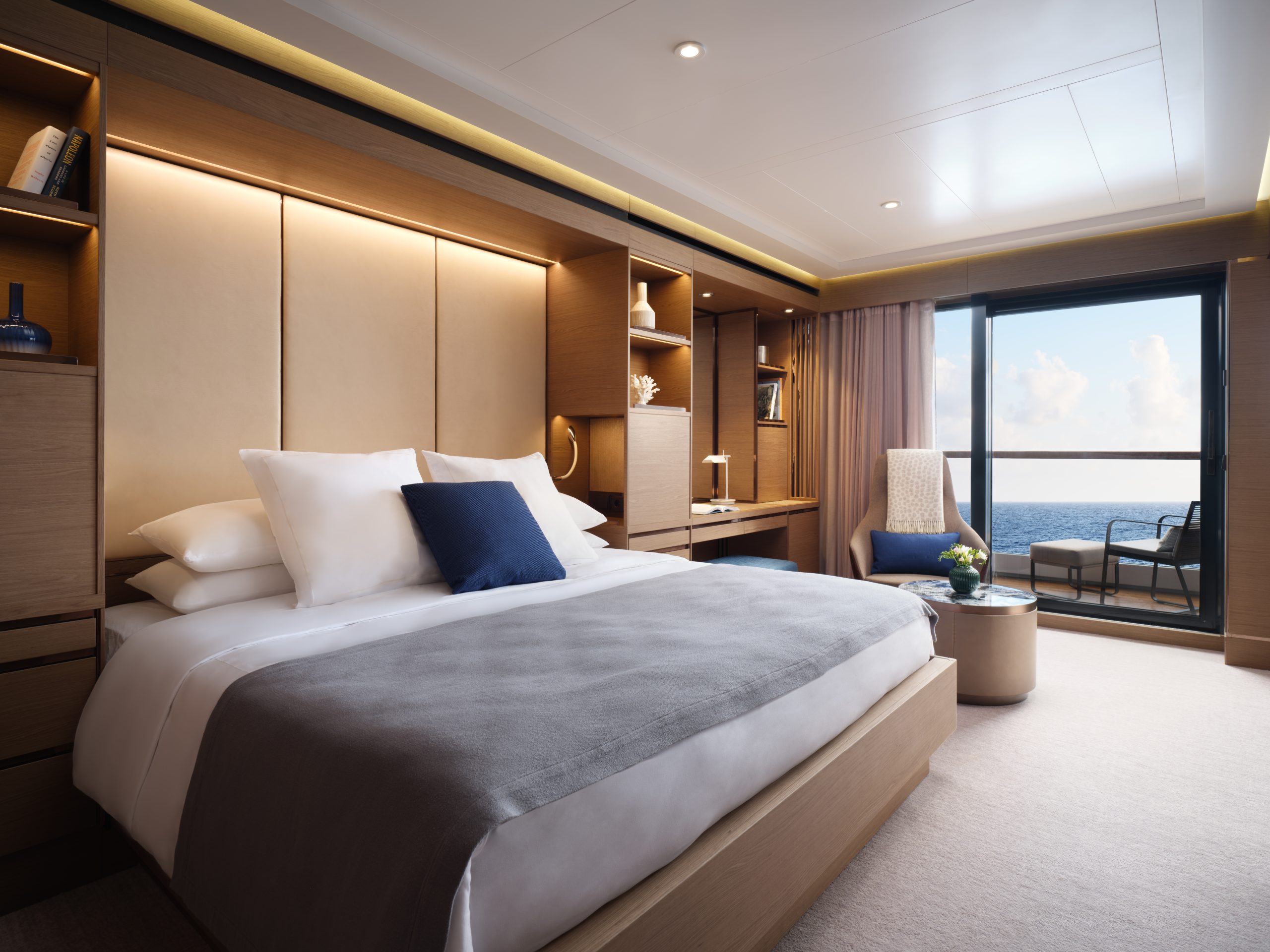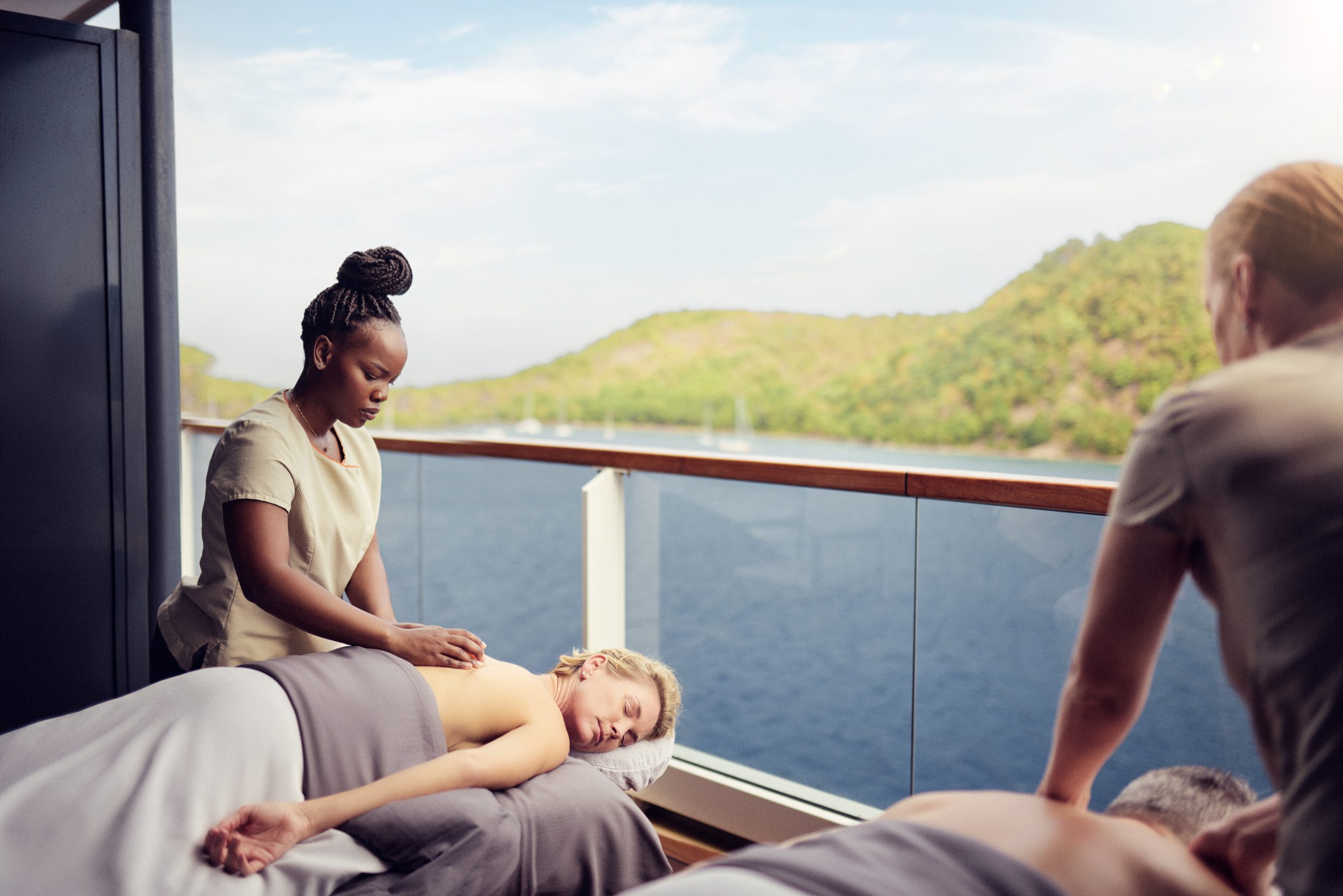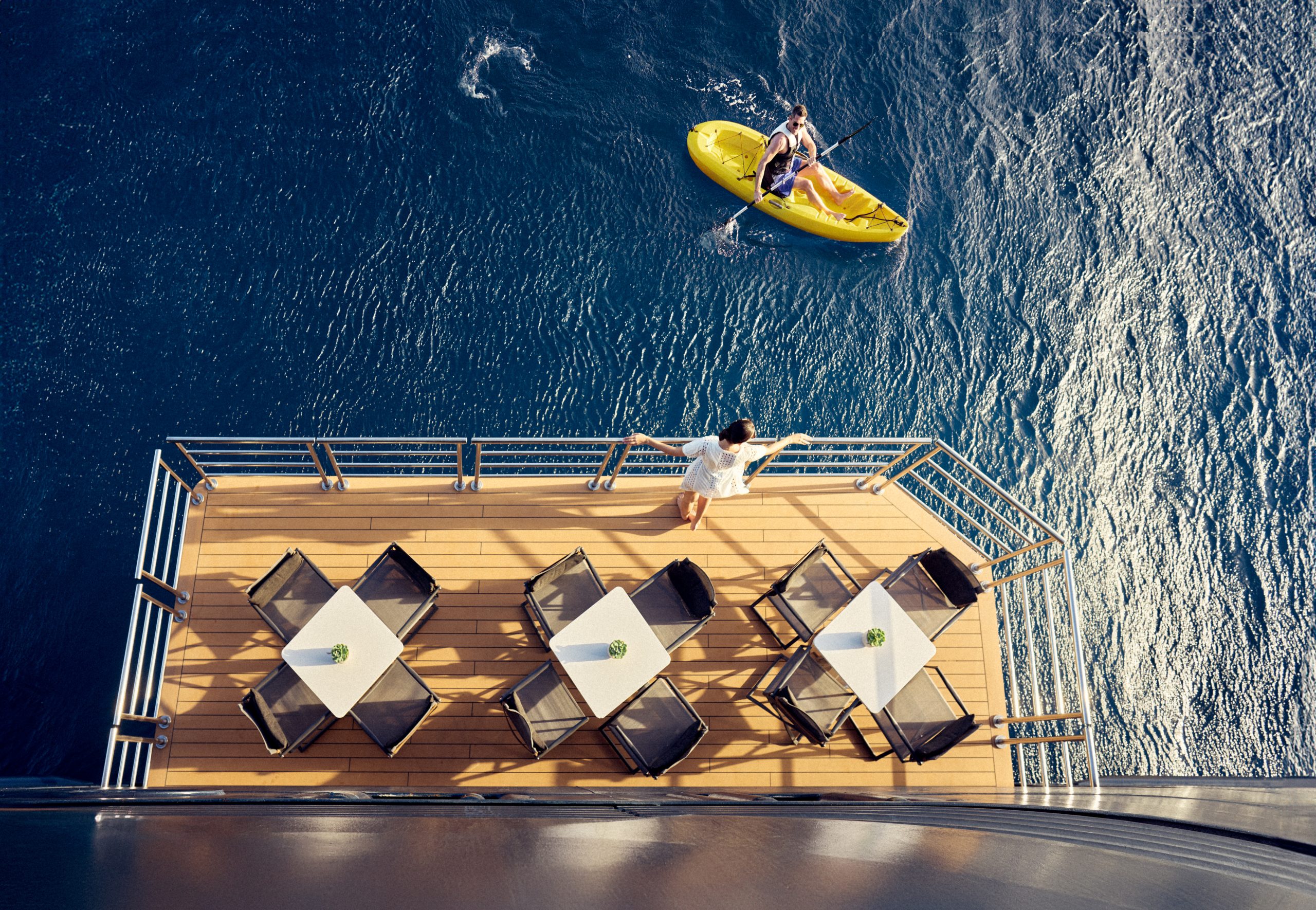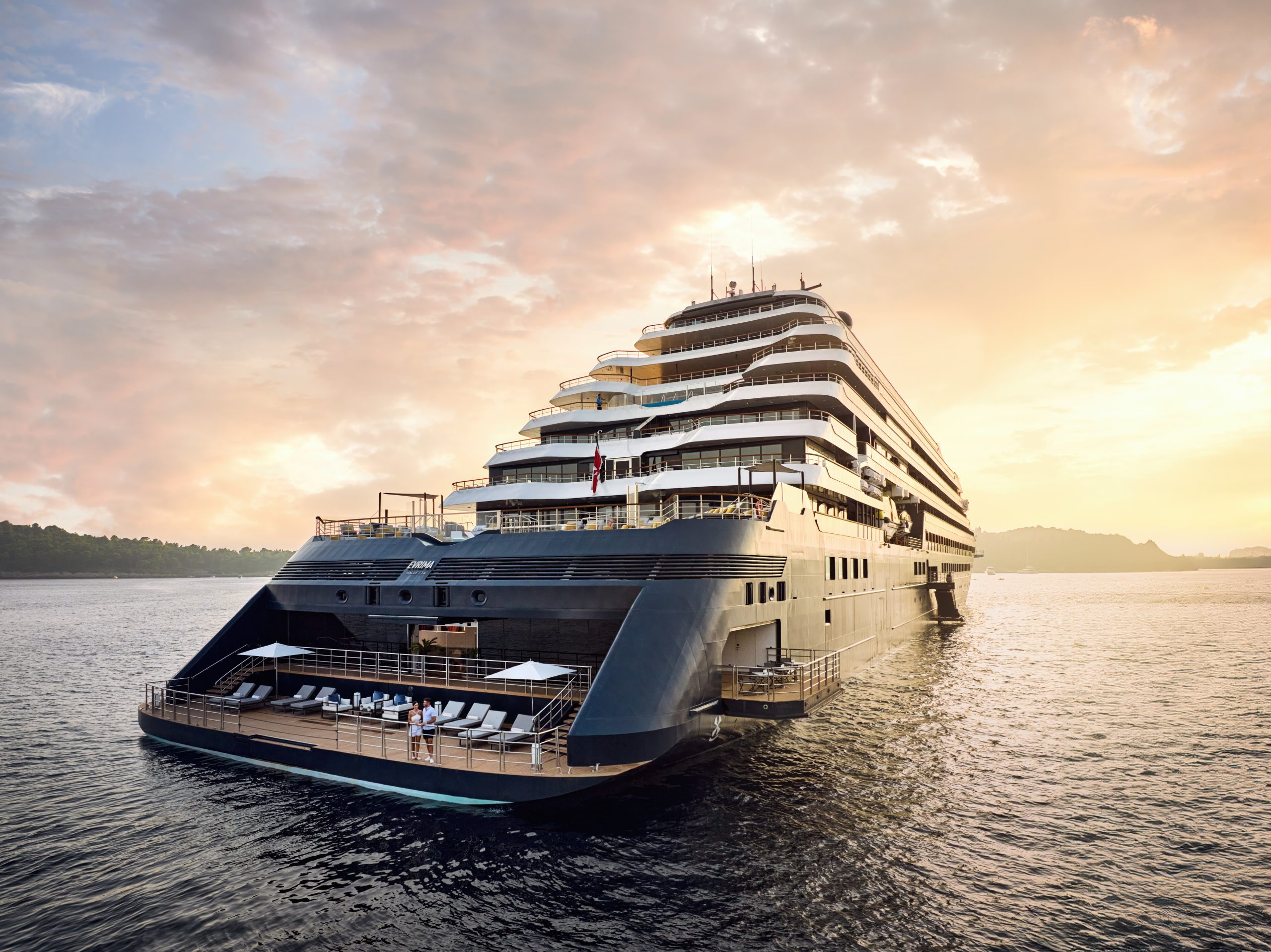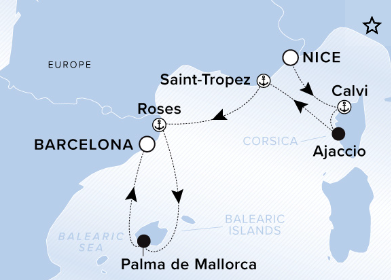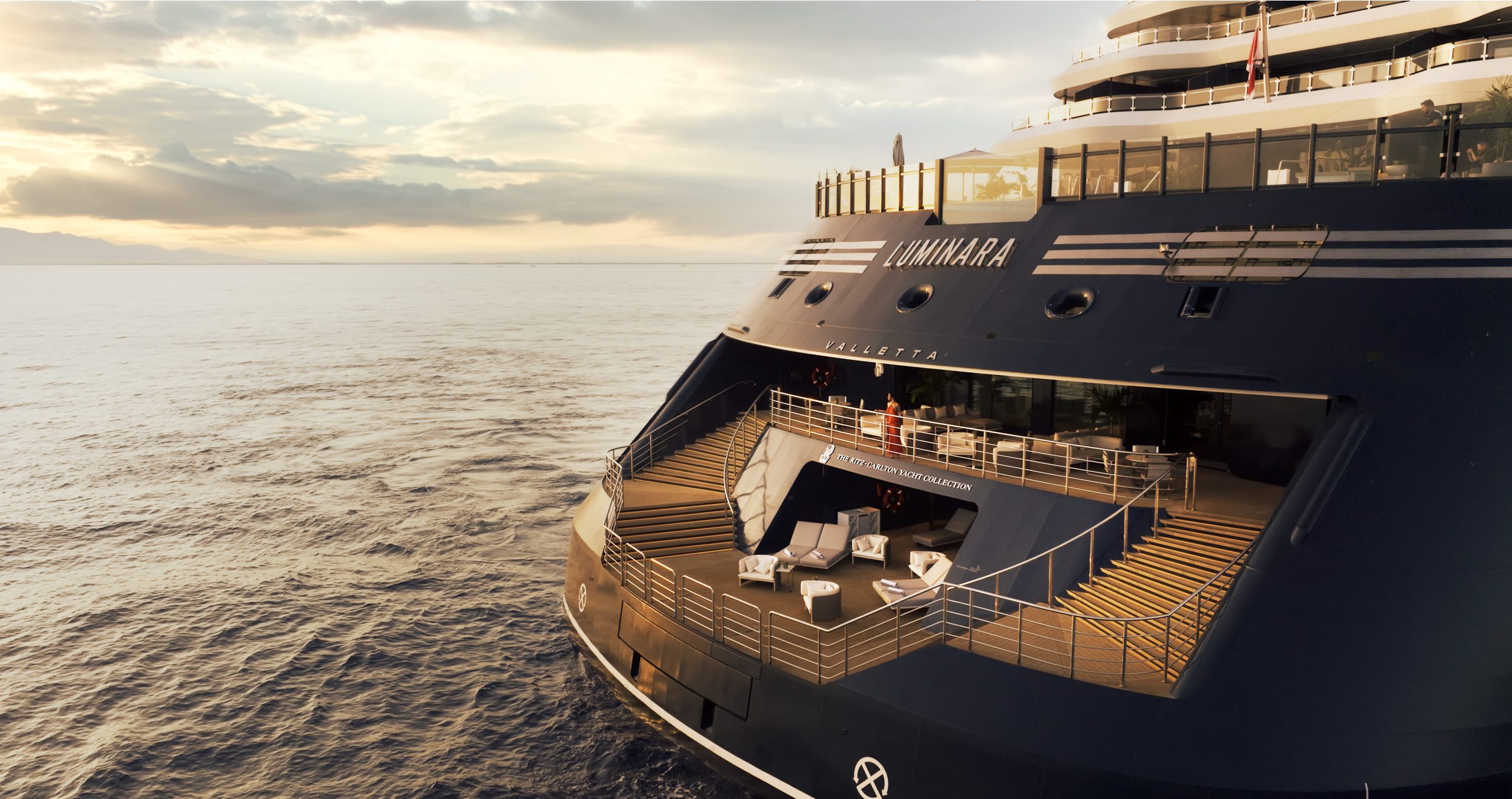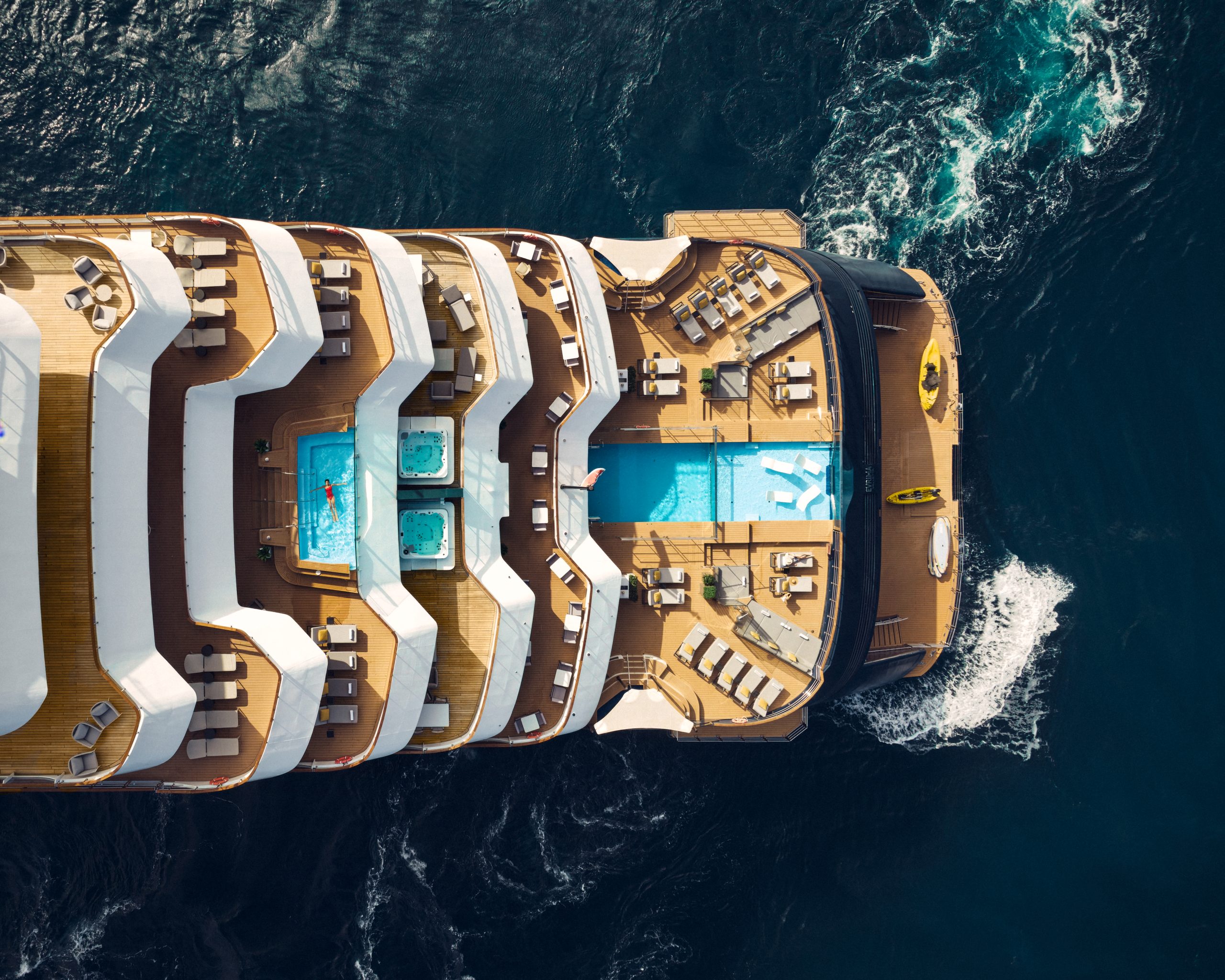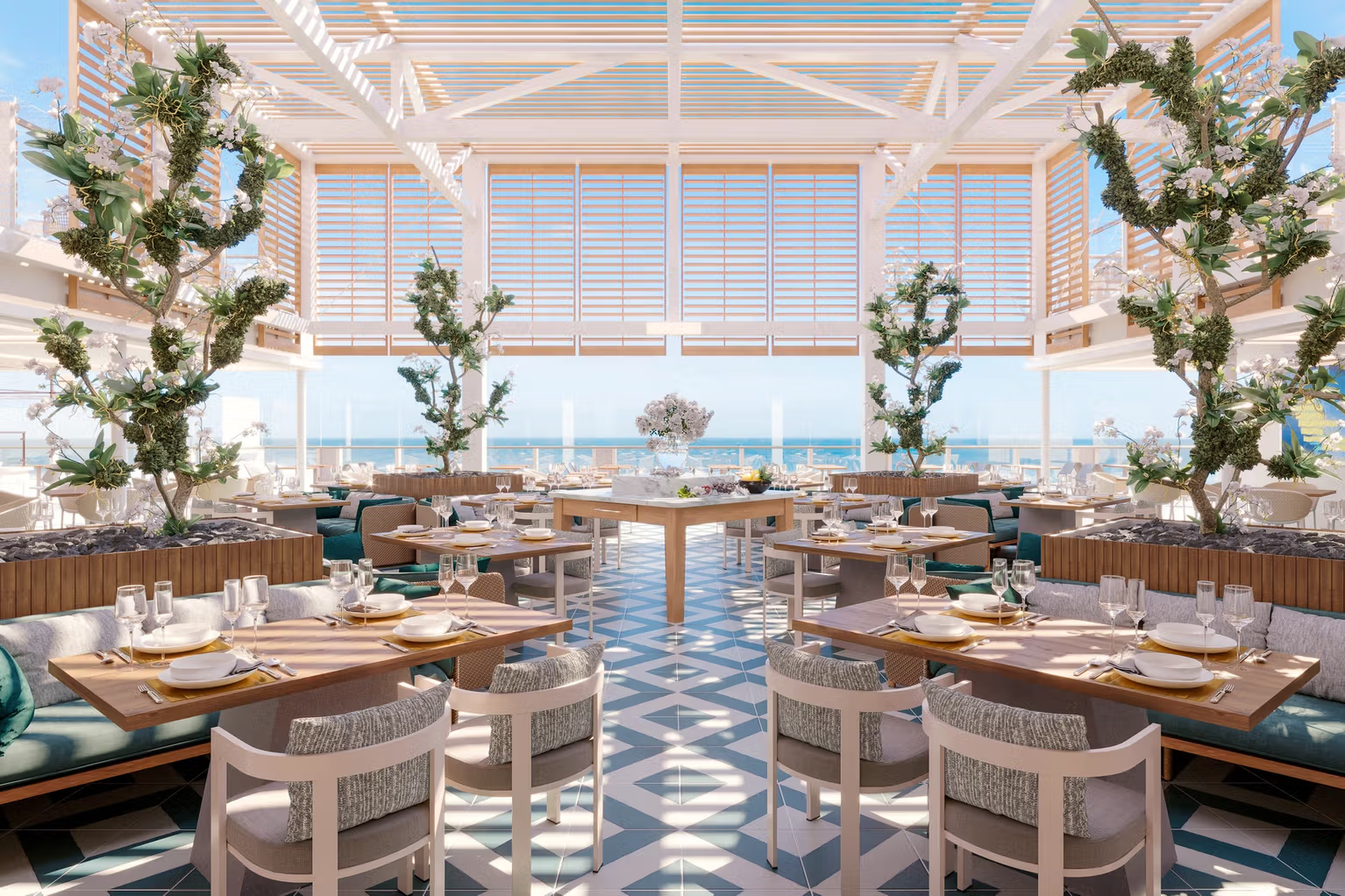Flights Included^ + Exclusive USD$300 onboard credit per suite*
Mediterranean Cruise with Ritz-Carlton Yacht + Flights
Key Features
Main Pool/Infinity Pool
5 restaurants
6 bars
Wine vault
Ritz-Carlton Spa
Onboard marina water-sports
Ritz Kids Club
Fitness Studio
Included Items
- Return international flights^ (or $1,500 credit towards Business Class flights)
- Oceanview suites, with private terrace overlooking the ocean
- Multiple dining venues
- 24-hour in-suite dining
- Beverages in-suite and throughout the yacht
- Espresso machine
- Onboard entertainment and enrichment
- Premium WiFi
- Onboard gratuities
- Non-motorised watersports
Tour Company
Tour Location
Deal Type
Map
More Information
DAY 1 – NICE, FRANCE
Set between the beautiful Baie des Anges and the Alps, the sunny capital of la Côte d’Azur has long been admired for its beauty and sophistication. One of France’s oldest cities, Nice blends its urban verve with plenty of seaside charm, a fantastic local food scene and a heritage that’s steeped in pretty Italianate influences. In the narrow streets of Vieille Ville you’ll find charming piazzettas, cozy cafés, traditional stores and a famous flower and grocery market. Take a stroll in the Place Massena, the city’s impressive 19th century main square, or head to the iconic Promenade des Anglais, which showcases Belle Epoque grandeur alongside its lively beach scene. Take a seat at one of the promenade’s bistros and dine on some superb ‘cuisine niçoise’.
DAY 2 – CALVI (CORSICA), FRANCE
With growing popularity as a beach resort, this small town on the northwest coast of Corsica is a delight to visit. Walk along the lively beachside promenade where you’ll find restaurants, bars and shops. A 15th-century citadel built by the Genoese takes its place of prominence on the hilltop above the town, affording spectacular views of the harbor below. Visit Église Sainte-Marie, a charming pink church, and Notre Dame de la Serra, a 19th-century chapel. You’ll see a plaque that commemorates the birthplace of Christopher Columbus, but the claim is controversial. For natural wonders, take a boat tour of the beautiful rock formations of the Scandola Nature Reserve, a UNESCO World Heritage site.
DAY 3 – AJACCIO, CORSICA
With its beautiful pastel-hued historic core and stylish waterfront promenade, it’s no surprise that Corsica’s pretty capital is always buzzing with activity. Visit the house where Napoleon Bonaparte was born in 1769; head west along the coast to chill out at Ariane beach or Marinella beach; indulge in some fascinating people-watching at an Old Town café; or take a stroll along the waterfront, which is full of sun-worshipers by day and party people by night. At the end of the day, order yourself a hearty serving of Corsica’s signature dish, civet de sanglier (wild boar casserole) and wash it down with a glass of the wonderful local wine. You’ll find the best bars along Boulevard Pascal Rossini on the waterfront or along Roi de Rome in the Old Town.
DAY 4 – SAINT-TROPEZ
A jetsetter haven, Saint-Tropez is best known for its designer shopping, drink-and-dance-‘til-dawn nightlife, and ritzy beach clubs like Le Club 55 and Nikki Beach. After all, this is where French screen goddess Brigitte Bardot popularized the bikini in the 1950s, and to this day Bardot makes her home here. But another side of this once humble fishing village can be found in the hills far above the beachfront. Walk the narrow cobblestone streets and visit the 17th-century citadel for stunning views of the port.
DAY 5 – ROSES, SPAIN
With it’s tranquil blue waters, 28 miles of beaches and some nine miles of coves, the Bay of Roses has been ranked one of the most beautiful bays in the world. Tempted by this harbor, the Greeks came in the 5th century BC to set up a commercial village. Various settlement remains can still be seen, including the monastery of Santa Maria. Other top sights include the 16th-century Castell de la Trinitat and the Dolmen de la Creu d’en Cobertella, the largest megalithic monument in Catalonia. Roses stands apart from other Costa Brava ports with its western-facing beaches that provide stunning sunsets. Restaurants put their own spin on suquet de peix, a Catalan fish stew made with the day’s catch and potatoes, which pairs perfectly with a regional Empordà wine. Despite the delights of Roses, art lovers will be drawn to the nearby Salvador Dalí museums in Port Lligat and Figueres.
DAY 6 – PALMA DE MALLORCA (BALEARIC ISLANDS), SPAIN
The capital of the Balearic Islands, beautiful Palma is famous for La Seu, the massive Cathedral of Santa Maria overlooking the bay. The adjacent Alumdaina Palace has been a royal residence since the 14th century, and the Gothic-style Bellver Castle houses the city’s history museum. The Juan March Foundation Museum boasts a permanent collection of 70 works by the most important Spanish vanguard artists of the 20th century. Beachgoers will find abundant options offering water sports, sailing, horseback riding and more, and shoppers should check out Avenue Jaime III and the tree-lined Passeig del Born. The rest of Mallorca holds plenty of appeal as well, from the Carthusian monastery where George Sand and Frédéric Chopin once stayed to the remarkable stalactites of the underground lake known as Cuevas del Drach.
DAY 7 – BARCELONA (TARRAGONA), SPAIN
Blessed with sunshine, sand and an astonishing selection of historical sites, Tarragona is a rare combination of natural beauty and rich culture. Vestiges of classical Roman structures dot the length and breadth of the city, a UNESCO World Heritage site known in ancient times as Tarraco. The Paseo Arqueológico takes you on a stroll along the Roman walls that encircle the Old Town. Perched on a hillside overlooking the Mediterranean Sea, the open-air amphitheater is the most impressive of the Roman remains, although fascinating remnants of the circus, basilica, aqueduct and other landmarks stand throughout the city. To experience Tarragona like a local, head to the fishing district of El Serallo. Pastel-hued homes line a broad waterfront promenade along with tapas bars and restaurants serving the region’s prized seafood. A whole new world of exploration awaits just an hour up the coast in Barcelona, where the streets are filled with Gaudí’s distinctive modern architecture, thriving markets and designer boutiques.
Booking Terms & Conditions
Advertised price based on 8 June 2026 departure in a Loft Suite, price is per person twin share. Pricing is correct as of 23 December 2025, subject to availability at the time of booking. Offers may be withdrawn or prices updated by the supplier at any time, so please enquire with our expert consultants for the latest pricing, terms and conditions. Single supplement may also apply. *Onboard credit applicable to select cruises, enquire with our travel experts for for further information.
^Return International Economy Flights are included per person departing from Sydney or Melbourne. Prices may vary depending on departure location. Alternatively Economy flights can be removed and a $1,500 credit pp applied towards Business Class flights.


